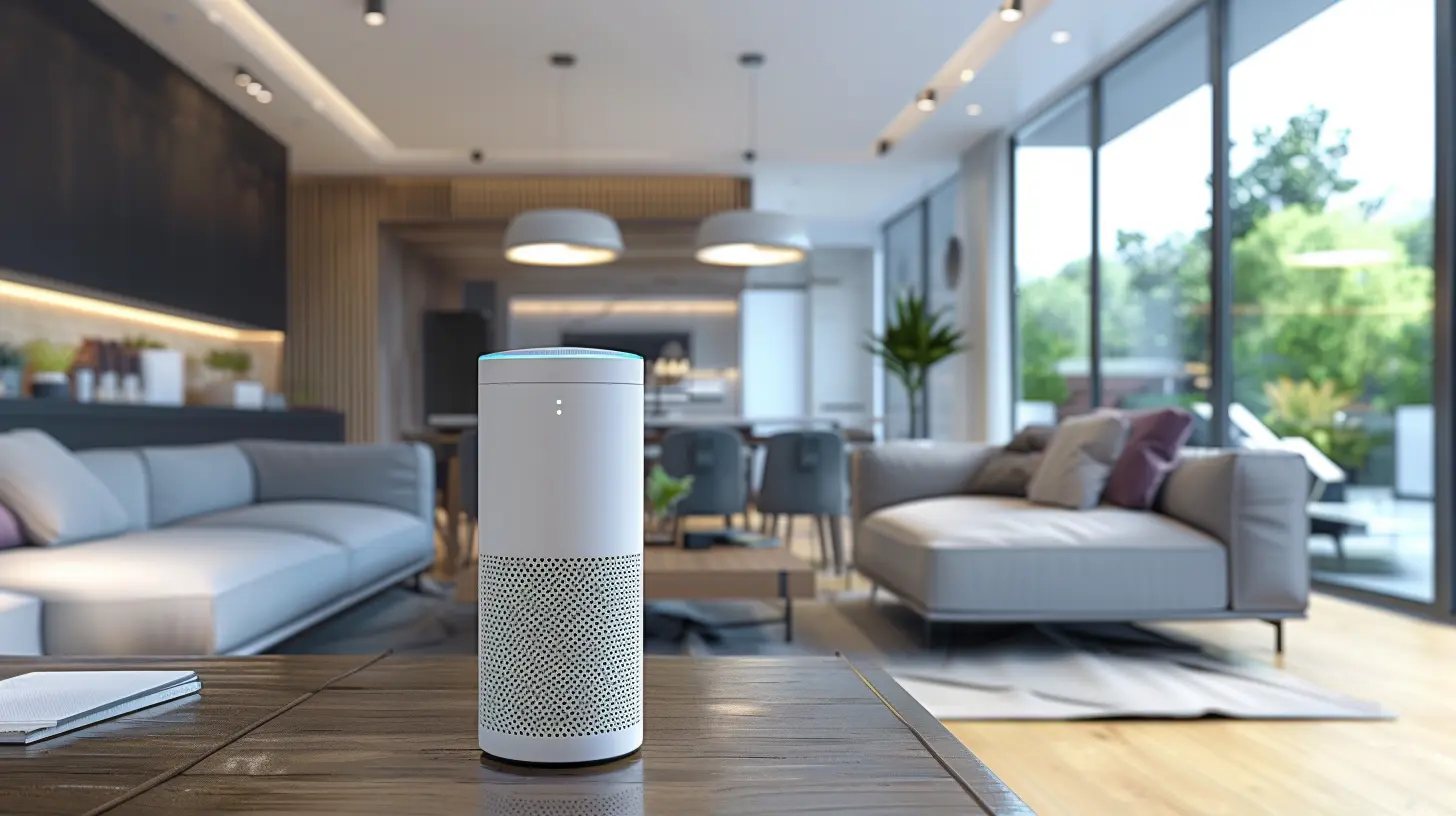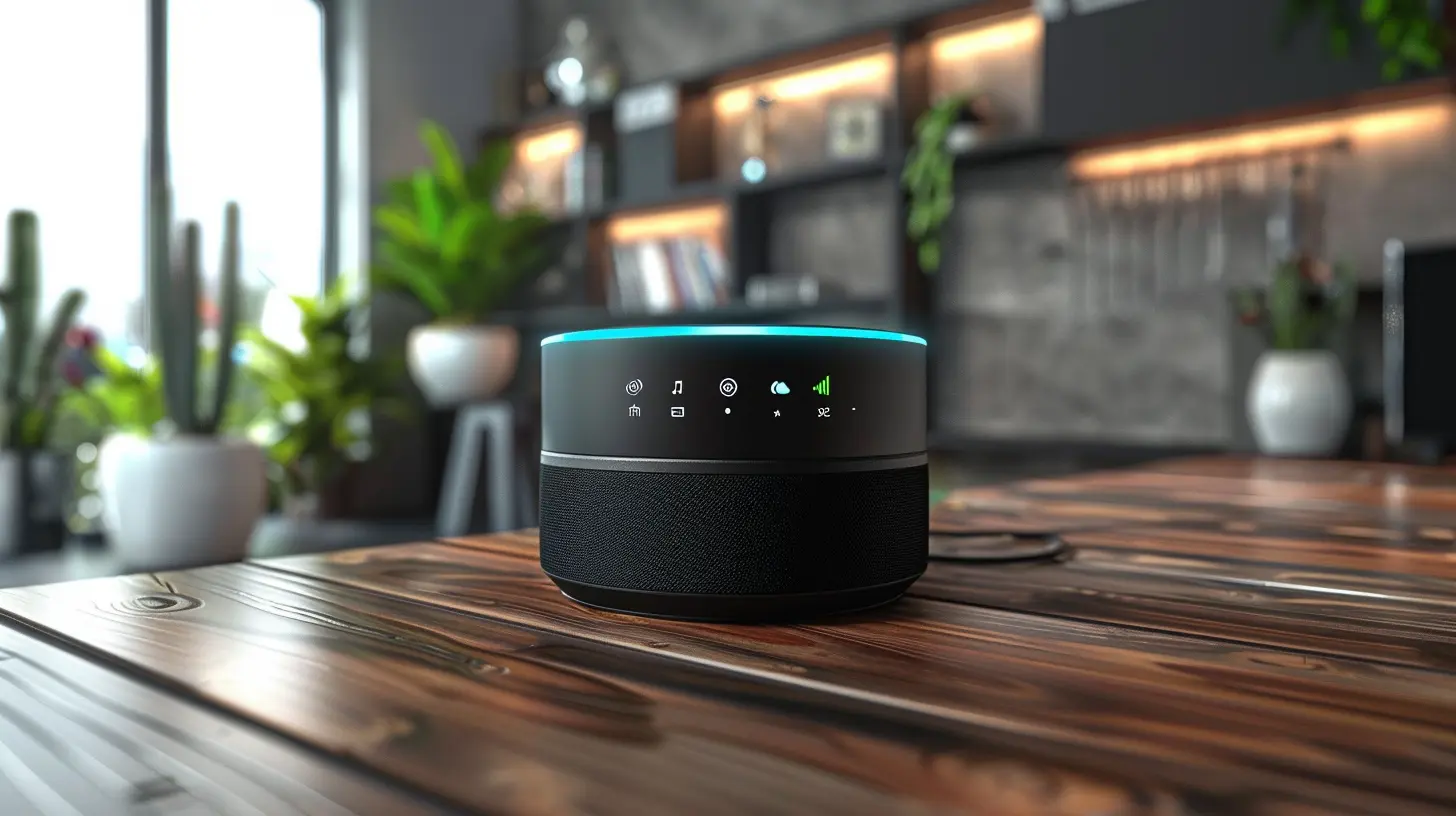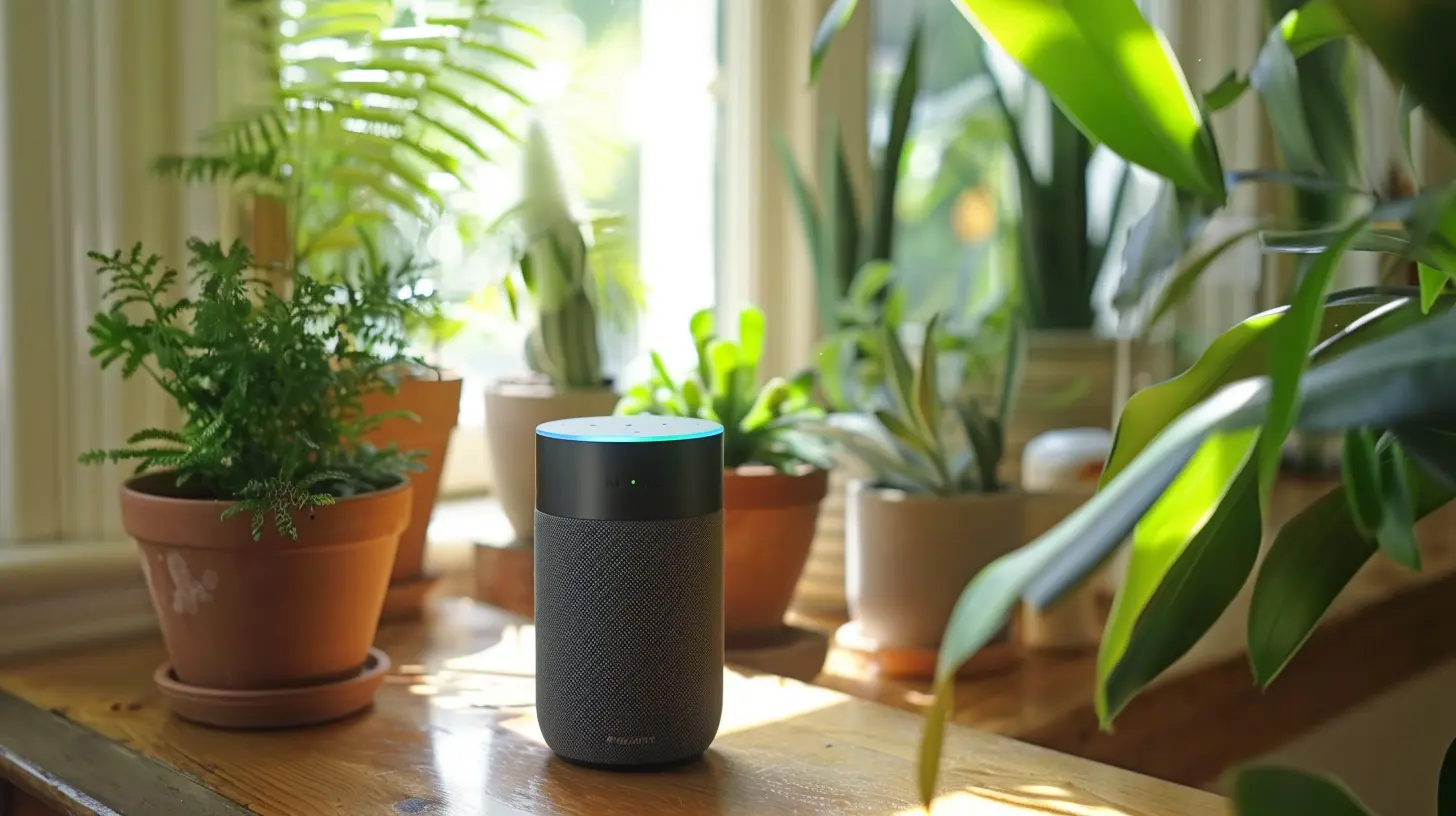Improving Your Home Security with Voice Assistant Integration
15 October 2025
Remember those days when securing your home meant a clunky alarm panel and a hefty monthly fee to a security company? Fast-forward to now, and it's like living in a sci-fi movie—you speak, and your house listens. Voice assistants have totally reshaped how we manage our homes, and when it comes to security, they’re the digital gatekeepers we never knew we needed.
In this article, we’re diving deep into how voice assistants like Amazon Alexa, Google Assistant, and Apple’s Siri are stepping up your home's defense game. So grab your coffee, and let’s look at how you can turn your home into a smart fortress with just your voice.
🧠 What’s a Voice Assistant Anyway?
Let’s start with the basics. Voice assistants are artificial intelligence-driven systems that understand your voice commands and respond or take action. Think Alexa, Google Assistant, Siri, and even Samsung’s Bixby (though let’s be honest, that one’s still catching up). They live in your phone, smart speakers, smart displays, and even in your appliances these days.But here’s the kicker: these assistants are more than just glorified DJs or weather announcers. When you integrate them with smart home devices—particularly security gadgets—they become your home’s 24/7 digital bodyguard.
🏠 Why Tie Voice Assistants Into Home Security?
Great question. Why even bother connecting voice assistants to your security system?Well, for starters, it’s all about convenience, control, and consistency. Imagine being tucked into bed when you suddenly remember you forgot to lock the back door. Instead of getting up, you just say, “Hey Google, lock the back door,” and boom—sorted.
Voice assistants allow you to:
- Arm or disarm your security system via voice
- Control smart locks, cameras, and lights
- Receive real-time alerts and updates
- Handle routines like “Goodnight” that shut everything down in one go
And the best part? You can do all this hands-free, even when your hands are full of groceries, babies, or Netflix snacks.
🔐 The Core Smart Security Devices That Integrate with Voice Assistants
Let’s break down the essentials. If you want a secure smart home, these are the key players you want connected to your voice assistant:1. Smart Locks
These are perfect for that “Did I lock the door?” moment. You can remotely lock or unlock them via voice, and even set up routines. For example, saying “Alexa, I’m leaving” could lock all doors and arm your security system.Popular brands that play well with voice assistants: August Smart Lock, Yale, Schlage, Kwikset
2. Smart Doorbells
Ever get a package stolen even though you swear you were home all day? Smart doorbells with video (like Ring or Nest Hello) let you see who's at the door and even talk to them directly—whether you're on the couch or across the world.And yes, you can ask your voice assistant “Who’s at the front door?” while you're baking cookies.
3. Security Cameras
Smart indoor and outdoor cameras now come with motion detection, night vision, and even built-in sirens. Through voice assistants, you can say stuff like “Show backyard camera” and stream live footage on your smart display or TV.4. Smart Lights
Motion-sensitive or programmable lights deter intruders by making it look like someone’s always home. Alexa routines can integrate lights to flash during a security breach or turn on automatically at night.5. Alarms and Sensors
Door/window sensors, motion detectors, and even smoke detectors can all be integrated into your voice assistant’s ecosystem. Get voice alerts like “Intruder detected in the living room” or “Smoke detected in the kitchen.”
🗣️ Real-Life Scenarios Where Voice Assistants Rock
Let’s paint a few pictures to show how this stuff works in everyday life.📌 Scenario 1: You Forgot to Lock Up
You're halfway to the office, and that nagging “Did I lock the front door?” hits. Instead of turning around, you just say, “Hey Siri, is the front door locked?” She confirms. Crisis averted and coffee still hot.📌 Scenario 2: You Hear a Noise at Night
It’s 2 a.m., and something goes bump outside. You don't grab a baseball bat—you grab your voice.You say, “Alexa, show me the backyard camera,” and within seconds, you’ve got eyes on the backyard. You even light up the area and give a “Hey, can I help you?” through the smart camera speaker. Bad guy runs. You win.
📌 Scenario 3: You’re on Vacation
Your home’s empty, but no one needs to know that. Set up a smart routine that turns lights on every evening, plays music occasionally, and even triggers fake motion detection announcements. Your house seems lived-in—all controlled remotely and by voice.🔄 Automation Makes Things Smarter (and Safer)
Voice assistants are powerful on their own, but when you combine them with automation routines? Next level.Here’s what a "Goodnight" routine might look like:
- Lock all doors
- Arm the security alarm
- Turn off all lights except porch light
- Turn thermostat down
- Say “Goodnight!”
All of that from one voice command or even automatically at 10 p.m. every night.
Or how about a “Leaving Home” routine:
- Locks doors
- Turns off lights
- Arms the alarm
- Sends a notification if a door or window is left open
It’s like having Jarvis from Iron Man minus the sarcasm.
🛑 Security Caveats: The Flip Side of Voice Assistants
Okay, let’s not pretend this is all sunshine and rainbows. Voice assistants aren’t foolproof, and when it comes to home security, there are some genuine concerns worth mentioning.1. Anyone Can Speak a Command
If your assistant is always listening and isn’t voice-locked, technically anyone could bark out a command like, “Alexa, disarm the security system.” Not ideal, right?Thankfully, some assistants now offer voice recognition features that recognize specific voices. Set that up pronto.
2. Privacy Concerns
Your voice assistant is always listening—for the wake word, sure, but still listening. That means accidental recordings are possible. Review your assistant’s privacy settings regularly and clear voice recordings often.3. Power/Internet Dependency
Most smart devices rely on power and internet. If either is cut, your system could be compromised. Consider backup power sources and cellular-enabled security systems to bridge the gap.✅ Tips for Securing Your Voice Assistant
Just like you'd lock your doors, take time to lock down your voice assistant:- Require a PIN for sensitive commands like unlocking doors or deactivating alarms
- Set up voice recognition for every family member
- Regularly check your assistant’s activity logs
- Disable unused skills or features
- Use multi-factor authentication for linked accounts
Remember: your assistant is only as smart (and secure) as you configure it to be.
🛠️ Easy Setup: Getting Started with Voice-Enabled Home Security
Not a tech whiz? No problem. Here’s a basic roadmap to get rolling:1. Choose a Voice Assistant: Alexa and Google Assistant lead the pack. Siri’s great for Apple aficionados but has fewer integrations.
2. Pick Compatible Devices: Make sure they support your assistant. Look for “Works with Alexa” or “Works with Google” badges.
3. Install Devices: Follow step-by-step guides. Most are super user-friendly.
4. Connect to Your Assistant: Use the respective app (e.g., Alexa app) to link devices.
5. Create Routines: Set up custom commands based on your lifestyle.
6. Test Everything: This isn’t the time for surprises. Make sure every lock, sensor, and camera is working as expected.
🧩 Final Thoughts: Is Voice Assistant Integration Worth It?
Absolutely. Integrating voice assistants into your home security setup is not just convenient—it’s empowering. You gain a level of control that old-school systems just can’t match.Plus, it's scalable. You don’t have to blow your budget all at once. Start with smart locks or a video doorbell, then build as you go. As long as your ecosystem is compatible, it’ll all fit like Lego bricks.
In the end, home security isn’t just about locks and alarms anymore. It's about creating a living, thinking home that adapts to your needs—and talks back when you talk to it. Welcome to the future, where your voice is your fortress.
all images in this post were generated using AI tools
Category:
Voice AssistantsAuthor:

Pierre McCord
Discussion
rate this article
1 comments
Christina Adkins
Integrating voice assistants into home security systems is a smart move. It enhances convenience and accessibility, allowing for quick control and monitoring. Just make sure to prioritize security settings to avoid potential vulnerabilities.
October 15, 2025 at 4:19 AM

Pierre McCord
Thank you for your insightful comment! You're absolutely right—while integrating voice assistants boosts convenience, robust security settings are essential to safeguard our homes.


